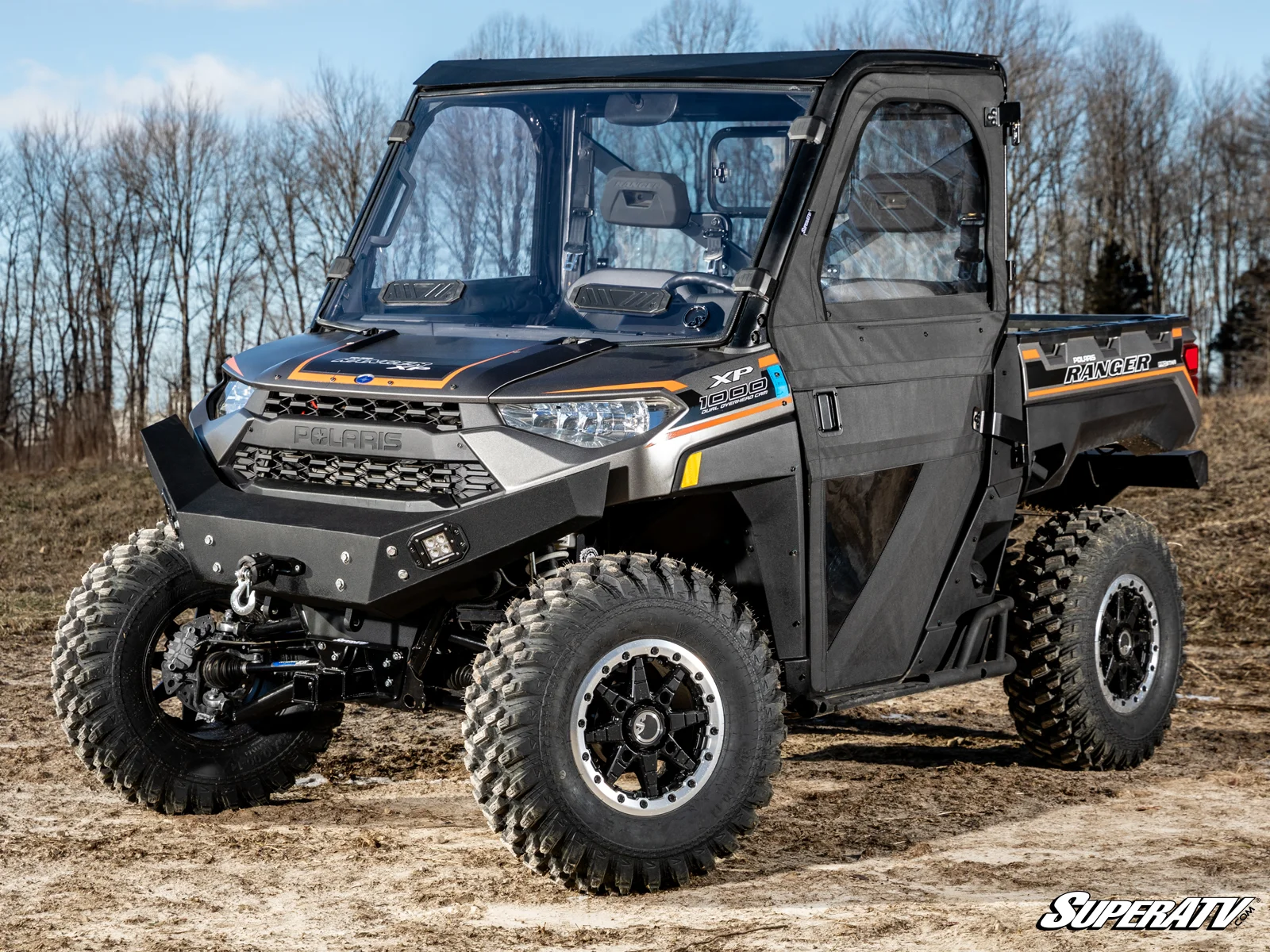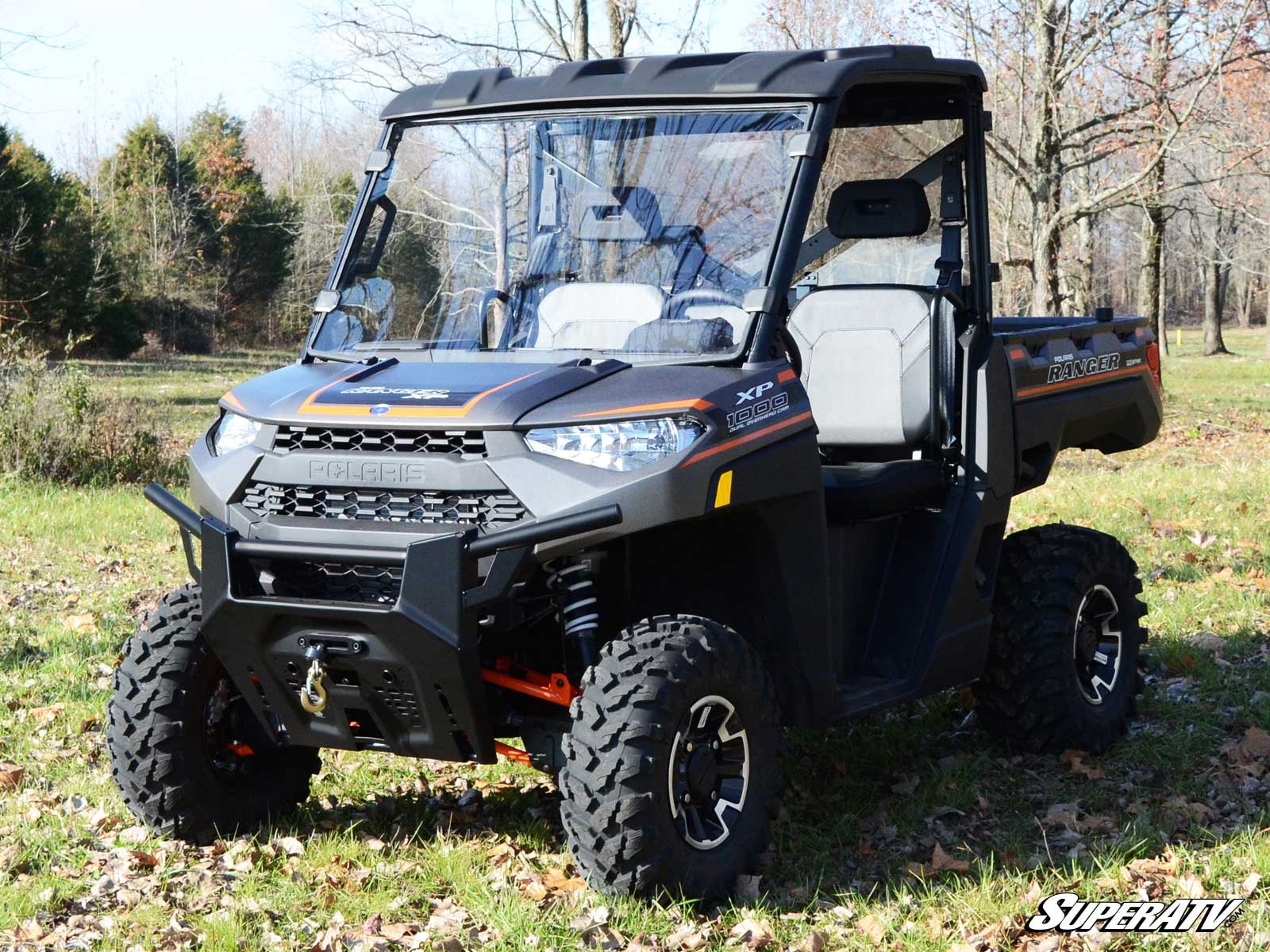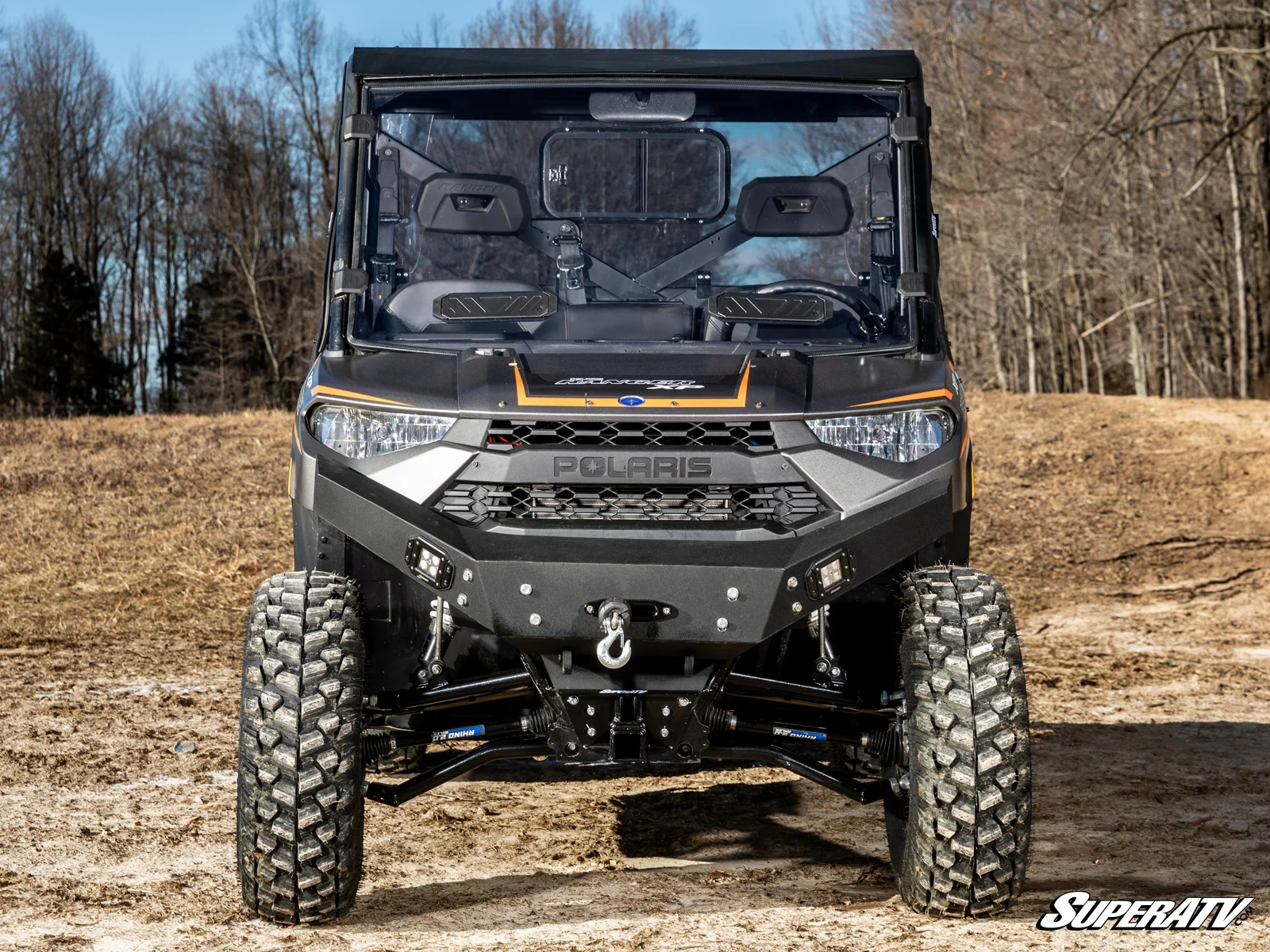The Polaris Ranger is a popular side-by-side utility vehicle known for its versatility, ruggedness, and capability in navigating a range of terrains. Whether you’re using it for work on the farm, hunting, off-roading adventures, or just for fun, you might be wondering: how many miles can you realistically drive a Polaris Ranger? The answer depends on several factors, including the model, maintenance, and driving conditions. Let’s explore what you need to know about the mileage capacity and performance of a Polaris Ranger.

What’s the Real Limit Before Reliability Drops?
Understanding Polaris Ranger Reliability
A well-maintained Polaris Ranger can last tens of thousands of miles, but reliability can drop with high mileage and poor maintenance. “How many miles” is a common question in the Polaris Ranger community, with many owners sharing their experiences and mileage. The Polaris Ranger forum community dedicated insert quotes related threads and is discussing reliability and performance. Basic maintenance and upkeep are key to extending the life of a Polaris Ranger.
Factors Affecting Mileage and Reliability
The type of miles driven, such as trail riding or heavy hauling, can affect the condition of a Polaris Ranger. Maintenance records and service records are crucial in evaluating the reliability of a used Polaris Ranger. Wheel bearings, original clutch preservation, and belt replacement are common issues that can affect reliability. Alignment and suspension issues can also impact mileage and reliability.
Maximizing Mileage and Reliability
Following the maintenance schedule outlined in the shop manual is crucial for extending the life of your vehicle. Keeping your vehicle clean and protected from the elements can prevent premature wear and tear. Regularly checking and maintaining service records can help identify potential issues before they become major problems. Creating a new thread for upkeep questions can help owners stay on top of their Polaris Ranger’s needs.

Factors That Affect Mileage
- Maintenance
Regular maintenance is critical for ensuring the longevity of your vehicle. Adhering to manufacturer-recommended service intervals, including oil changes, brake inspections, and fluid replacements, can greatly extend the vehicle’s lifespan. Meticulously maintained Rangers can last for thousands of miles without significant issues. - Driving Conditions
Off-road vehicles like the Polaris Ranger are built to handle hard miles and rugged terrain. However, the type of terrain and driving conditions you expose your Ranger will affect its overall mileage. Frequently driving through rocky, muddy, or steep environments may lead to faster wear and tear and have major issues compared to smoother trails or casual riding. - Usage
The purpose for which you use your Polaris Ranger also impacts its lifespan. Hard labor tasks such as hauling heavy loads or towing can put more strain on the engine and drivetrain than recreational riding, thus potentially reducing the number of miles it can travel without needing repairs. - Engine Size and Model
Different Polaris Ranger models come equipped with varying engine sizes, and this also plays a role in the vehicle’s longevity. More powerful engines, such as the 1000cc models, tend to have higher durability and may be able to sustain longer usage than smaller engine counterparts like the 570cc. - Upgrades and Modifications
Installing high-quality aftermarket parts and performing regular upgrades, such as switching to better tires, enhancing suspension, or adding clutch cover and more efficient air intake system, can improve performance and extend your Ranger’s operational mileage.
Typical Mileage Range
While the actual mileage a Polaris Ranger can achieve varies depending on the factors above, most models can last between 7,000 and 10,000 miles or more with proper care. Some well-maintained Rangers have been known to reach 15,000 miles or higher before requiring major repairs.
Signs Your Polaris Ranger Needs Attention
Pay attention to the following signs to help you determine when your vehicle may need servicing or repair to avoid major breakdowns:
- Unusual noises from the engine or suspension
- Decreased power or slower acceleration
- Excessive exhaust smoke
- Difficulty starting or frequent stalling
How to Maximize Your Polaris Ranger’s Mileage
- Follow the Maintenance Schedule: Stay on top of scheduled oil changes, filter replacements, and inspections.
- Avoid Overloading: Use your vehicle within its recommended weight and towing capacities to avoid excessive wear.
- Drive Smart: Slow down on rough terrain, avoid unnecessary engine strain, and drive smoothly to minimize stress on the vehicle.
- Store Properly: When not in use, store your vehicle in a dry, sheltered area to prevent environmental damage.
- Use Quality Parts: Invest in high-quality parts and accessories when making upgrades or repairs.

Extending the Lifespan of Your Polaris Ranger
If you want to push your Polaris Ranger to its limits and get the most mileage out of it, consider adopting a proactive approach to vehicle care and performance. With these additional strategies, you can ensure your Ranger continues to operate at peak efficiency.
Regular Fluid Checks and Replacements
While many Polaris Ranger owners focus on oil changes, it’s important not to overlook other fluids such as coolant, brake fluid, and transmission fluid. Ensuring that these fluids are topped up and clean can prevent overheating and other mechanical issues that can shorten your Ranger’s lifespan. Aim to check your fluids every few months, especially if you’re riding in extreme conditions like hot weather or muddy trails.
Tire Care and Alignment
Tire wear is another critical factor that affects both performance and longevity. Uneven tire wear can strain the vehicle’s suspension and steering system, reducing the overall mileage it can achieve. Regularly check tire pressure, rotate your tires, and ensure proper alignment to improve fuel efficiency and reduce unnecessary wear on the vehicle.
Air Filter and Fuel System
Off-road conditions can introduce a lot of dirt and debris into your Ranger’s air intake system, which can lead to engine problems if left unchecked. Make it a habit to inspect and replace the air filter regularly, especially after dusty rides. Additionally, cleaning or replacing fuel injectors as part of your upkeep routine will ensure your engine receives clean fuel, enhancing performance and extending longevity.
Upgrading Parts for Longevity
Certain Polaris Ranger owners choose to upgrade key components like the suspension, drivetrain, or even the exhaust system to improve durability and ride quality. While aftermarket upgrades can be costly, they can significantly improve the Ranger’s resilience over time, allowing it to run smoothly for thousands of additional miles.
By focusing on these aspects of care, you’ll not only extend the life of your Polaris Ranger but also enhance your overall driving experience.
The mileage you can drive a Polaris Ranger depends on various factors, including upkeep, driving conditions, and overall care. With proper attention, you can expect your Ranger to serve you well for many miles. Staying informed about its needs and addressing issues promptly will help you enjoy your Polaris Ranger for the long haul.

